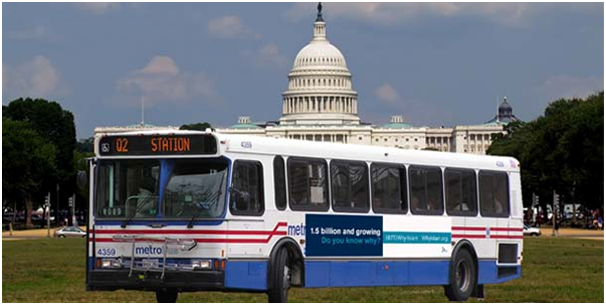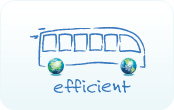|
Home  News News
Washington DC buses get ahead with lights, lanes, and shoulders
 |
A few small projects give buses priority over other traffic already, where buses can use the hard shoulder to get around traffic snarls. But they are few and far between in Washington DC.
Now regional transportation officials are capitalising on a $58.8 million federal stimulus grant to find ways of speeding up buses through slow traffic. They are expecting to soon finalise a deal to buy technology that lets traffic lights and buses communicate. About 80 Metrobuses will receive these devices that can turn stoplights green when a bus approaches, according to the National Capital Region Transportation Planning Board.
Separately, a regional task force is being convened to study running buses on more shoulders. The Crystal City to Potomac Yard Transitway is under construction, likely with the region's first major bus-only lanes
|
|
And other transport authorities in the region are looking into bus lanes for a number of street corridors, after a study found buses account for 2 percent of the traffic but carry about 40 percent of the people in those corridors during the evening rush hour. Those buses are travelling about half the speed of regular traffic, not including stops.
The region has some of these bus priority tools already but they haven't necessarily worked well, according to Metro and the District Department of Transportation. The District's bus lanes are not enforced as bus-only lanes, and they sit along some of the busiest sections of the city and on relatively narrow roads, making them attractive for cars to jump into.
The region has three locations that give some buses priority at stoplights Twenty-two agencies control local roads and use about five different manufacturers for their traffic signal systems making interoperability a problem. But the new traffic signal technology being ordered is interchangeable, meaning it won't matter which traffic signals are used. Eventually, all new local buses will be purchased with the signal systems installed.
A smart move!
Learn more about new bus priority measures in the US captal
|
|














